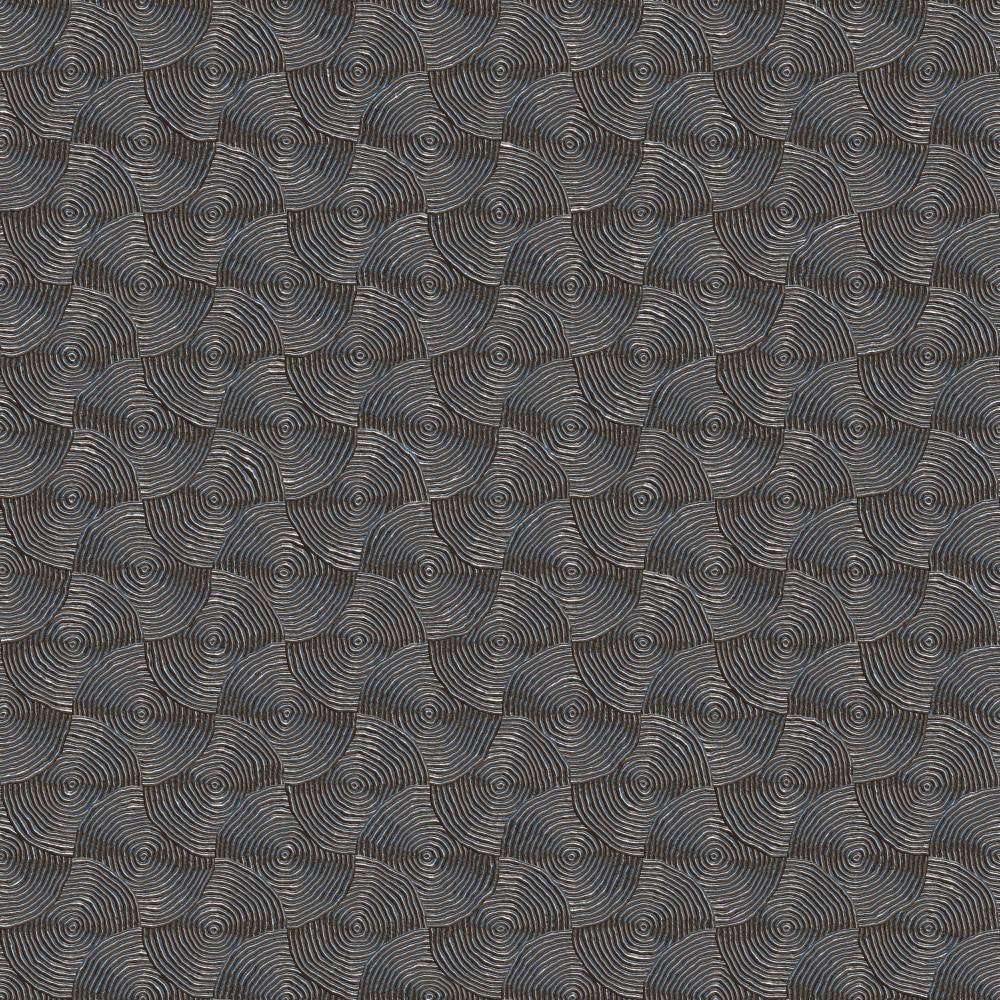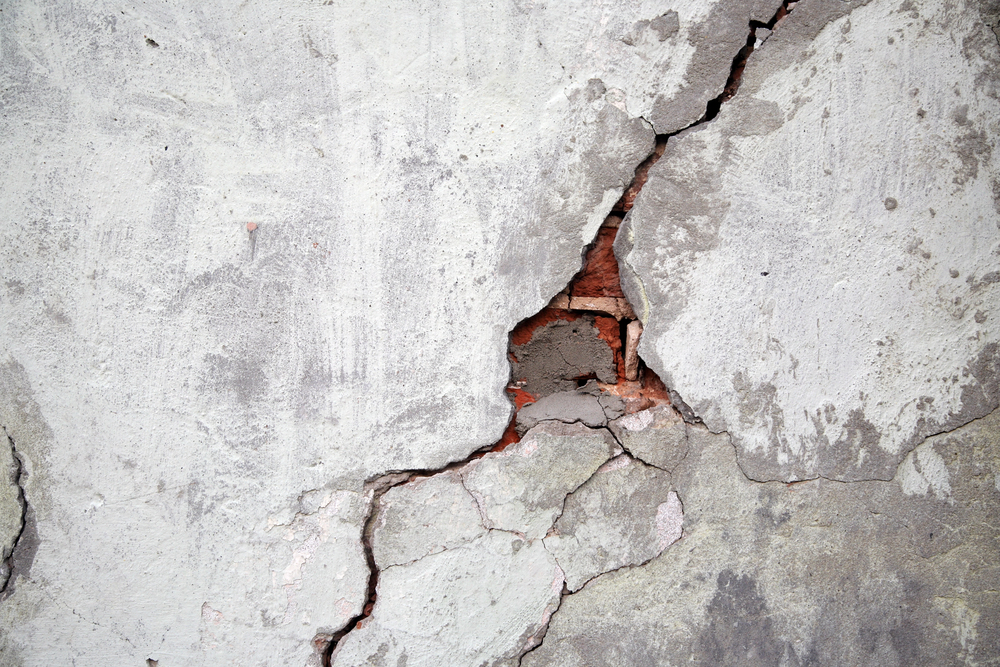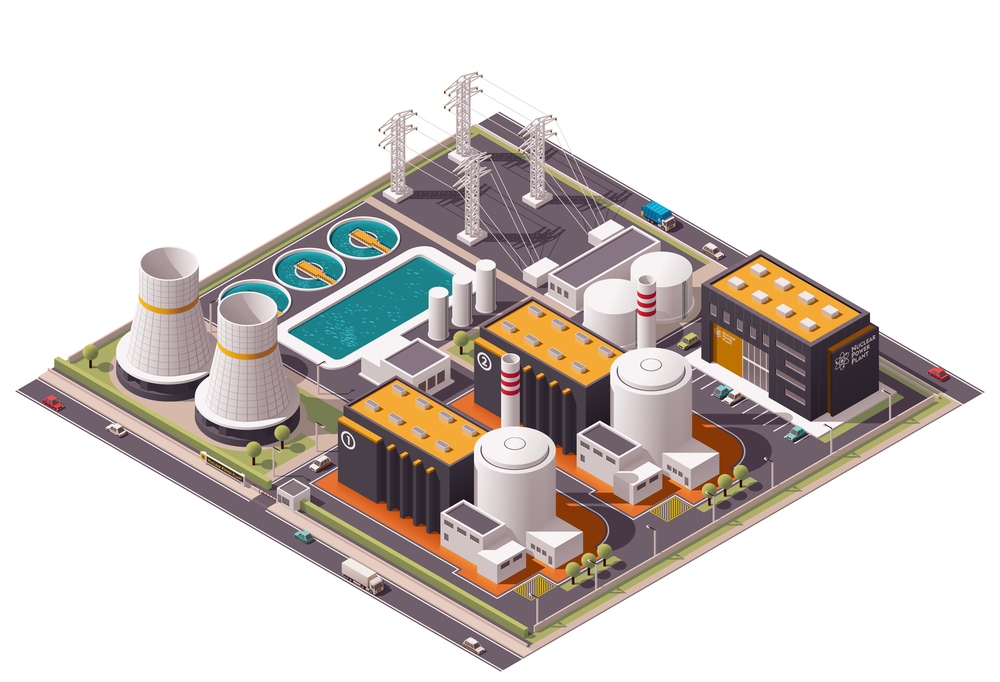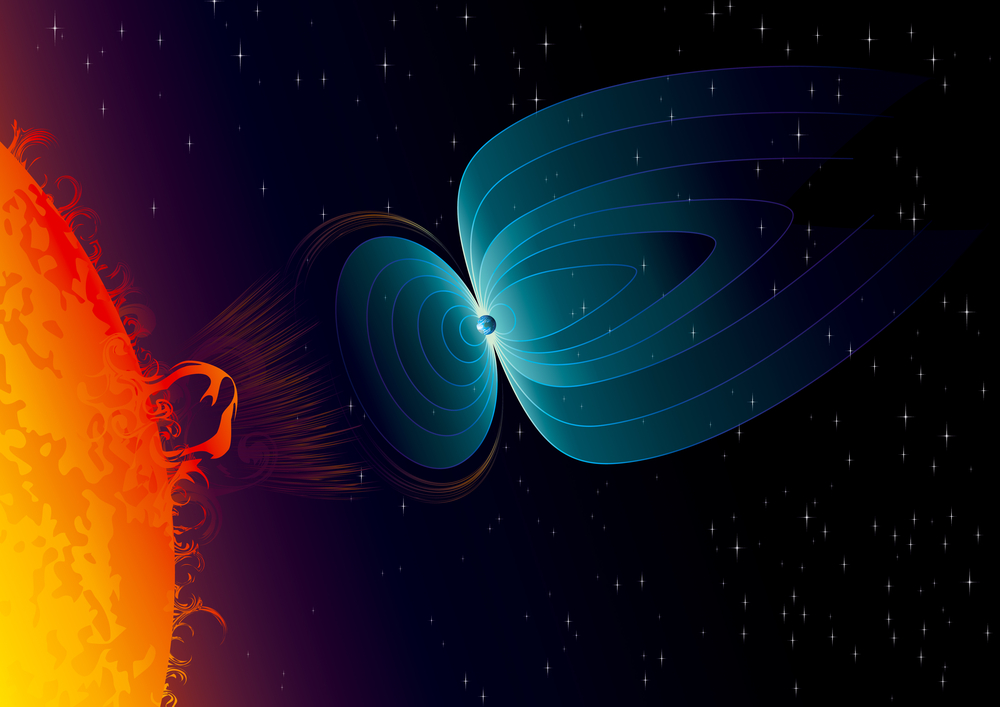Engineering the Path to New Semiconductors – Dr Yasuo Koide
Original Article Reference
This SciPod is a summary of the paper:
https://doi.org/10.33548/SCIENTIA759
About this episode
As fundamental components of our electronic and optical devices, semiconductors are essential to our modern way of life. Dr Yasuo Koide of the National Institute for Material Science in Japan has an extensive history of researching and developing these unique materials. Alongside his colleagues, Dr Koide continues to break through the boundaries of our existing knowledge to create new and exciting technologies.
This work is licensed under a Creative Commons Attribution 4.0 International License. 
What does this mean?
Share: You can copy and redistribute the material in any medium or format
Adapt: You can change, and build upon the material for any purpose, even commercially.
Credit: You must give appropriate credit, provide a link to the license, and indicate if changes were made.
More episodes
Dr. Robert Tomkowski | Investigating How Dimpled Surfaces Can Minimise Friction
Dimpled surfaces offer a useful and easily implementable way to reduce friction between lubricated surfaces as they slide over each other. Through cutting-edge simulations, Dr. Robert Tomkowski and colleagues at the KTH Royal Institute of Technology in Sweden explore how the microscale structures of surface dimples can be optimized to minimize friction. Their findings could help to reduce wear in mechanical systems, while also making them more energy efficient.
Professor Suzanne Scarlata – Dr. Nima Rahbar | How a Biological Enzyme Could Help Concrete to Heal Itself
As an inherently brittle material, concrete often needs to be replaced after just a few decades: driving a demand which incurs significant costs for Earth’s climate. Through their research, Professors Suzanne Scarlata and Nima Rahbar at Worcester Polytechnic Institute, Massachusetts, introduce a new mechanism that allows concrete to quickly repair itself, with the help of an enzyme vital to the function of living cells. This approach could help to reduce the world’s insatiable demand for concrete.
Dr Di Yun | Lessons from Tai-Chi could make Travelling Wave Reactors a reality
In principle, travelling wave reactors offer a safe, highly efficient approach to generating nuclear power. However, development has been held back by a variety of challenges linked to the need for extensively high burn-up in the reactor core, meaning very high rates of generated energy which can damage the reactor. Inspired by the principles of Tai-Chi, a team led by Di Yun from Xi’an Jiaotong University has shown that with the right approach, a high temperature operation, usually deemed as a threat, can be transformed into useful advantages, bringing the practical rollout of travelling wave reactors one step closer to reality.
Dr Li Lu | An illusion of parallax: explaining a mysterious signal at the edge of the solar system
In 2009, astronomers detected a mysterious source of high-energy, chargeless particles, which appeared to originate from the very edge of the solar system. Through fresh analysis, Dr Li Lu and colleagues at the Chinese Academy of Sciences have discovered that this distance may be an illusion, created by an effect relating to the solar wind as viewed by the commonly used parallax method. If correct, the team’s theory suggests that the as-yet enigmatic signal could actually originate from a source just beyond Earth’s atmosphere.
Increase the impact of your research
• Good science communication helps people make informed decisions and motivates them to take appropriate and affirmative action.
• Good science communication encourages everyday people to be scientifically literate so that they can analyse the integrity and legitimacy of information.
• Good science communication encourages people into STEM-related fields of study and employment.
• Good public science communication fosters a community around research that includes both members of the public, policymakers and scientists.
• In a recent survey, 75% of people suggested they would prefer to listen to an interesting story than read it.
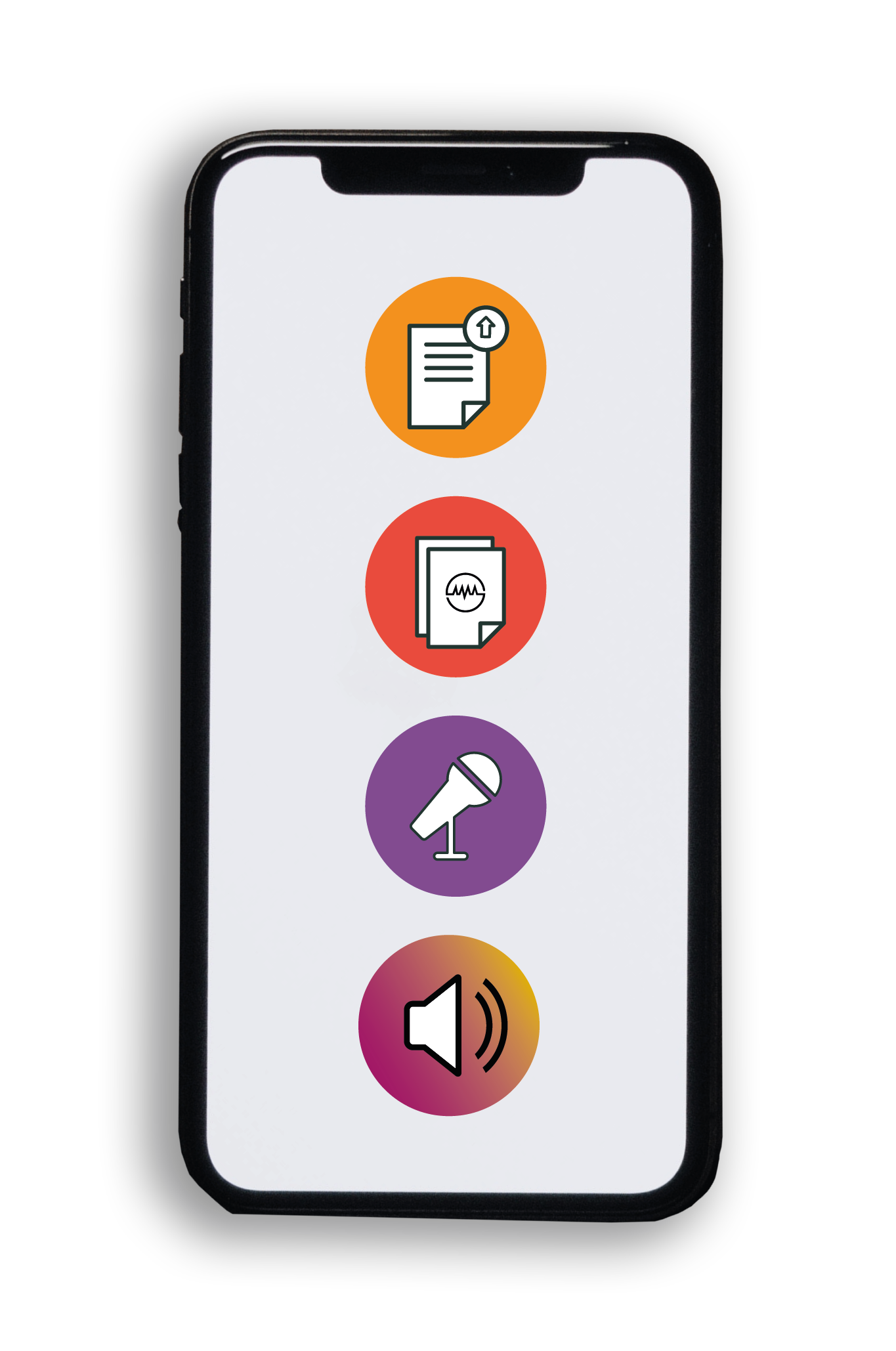
Step 1 Upload your science paper
Step 2 SciPod script written
Step 3 Voice audio recorded
Step 4 SciPod published

